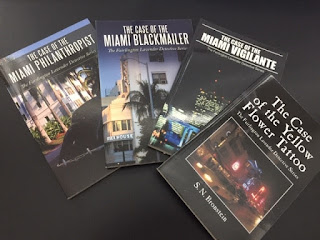July 4th has come and gone and for all intents and purposes, with it, so has summer.
But…as a stubborn, die-hard summer girl - I refuse to accept that it’s the end!
Go ahead stores…put your bathing suits, pool floats, and yard decor on clearance! I look forward to it! It just saves me all the more money!
It has been this way forever. July 4th was always the start of the beginning of the end for us Mid-Westerners. It was when we realized that the lazy days of playing outside and floating in the pool were limited. That school would soon rear its ugly head.
Back in the day, we got out of school at the beginning of June and didn’t go back until after Labor Day. But even back then, come July 5th, school supplies would start popping up in stores. Taunting us. Trying to ruin our fun!
Of course, not as blatantly as they do now. I mean, who are we kidding. Halloween decorations will be on the shelves come the end of August!
Ugh.
Nowadays, school starts so much earlier. It seems that they want to strip summer from us as soon as possible, but I will not go down without a fight! I’m just not ready for the cold and the snow. I want sunshine and days floating in the pool on those clearance-priced rafts!
In this new normal we now call life; I want to make the option of being outside last for as long as I possibly can. I don’t want it being squelched and taken from me too soon!
So, this month and next (I, myself, am going for well into October! lol) I urge you to enjoy the sun. Breathe deeply into your lungs the scent of fresh cut grass and blooming flowers, and make it a point to cherish these moments. They are so precious!
We too often take for granted the sunshine and fresh air, and it seems lately with everything else going on, our minds need these little de-stressors more than ever.
So, be sure to take that moment and make it a point to go sit outside for a while and just enjoy.
Sit out there with your coffee, iced tea, cocktail…whatever, in your hand and just celebrate today!
Celebrate summer!
Cheers!
Hugs and kisses!
Darlene

























































